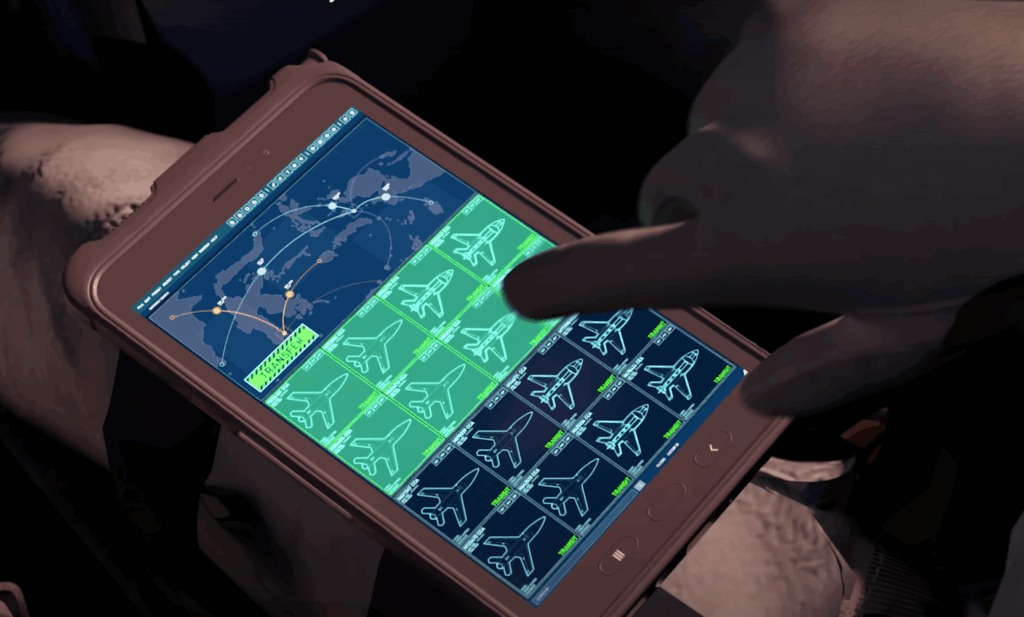El programa “Collaborative Combat Aircraft” que lleva adelante la US Air Force, tiene por objetivo disponer para el año 2030, de aeronaves capaces de operar en escuadrilla junto con drones, en misiones de combate y vigilancia. Para ello, 142 jets F-22 “Raptor” serán los primeros en ser modernizados y adaptados para esta función Los pilotos dispondrán de sistemas “Intra-flight Data Link” desarrollados al efecto por Lockheed Martin , así como sistemas de comunicaciones resistentes al “jamming” y otras acciones de GE, lo que permitiría a los pilotos coordinar y liderar equipos de drones en misiones de combate.
The US Air Force is set to upgrade its F-22 Raptors to control unmanned aerial systems midflight, positioning it to become the first operational combat jet to team up with Collaborative Combat Aircraft (CCA) drones.
Beginning in 2026, Raptors will get tablet-based control systems and undergo other relevant modifications to enable secure in-cockpit drone control.
The upgrade will cover 142 combat-coded F-22s from the air force’s 185-jet fleet, focusing on those maintained for frontline missions.
Each upgrade kit costs about $86,000, with $12.2 million in hardware covered by the service’s $15 million request for fiscal 2026.
Pilots are expected to use the Intra-Flight Data Link, a jam-resistant communication system already active across the F-22 fleet, to manage drone teams and coordinate missions in flight.
Lockheed Martin has already demonstrated tablet-based drone control inside F-22 and F-35 cockpits, but concerns about pilot workload in single-seat fighters are pushing the air force to explore simpler or AI-assisted control setups.
Preparing for the CCA Era
The F-22’s new role could give the air force an early platform to test and refine CCA operations, helping shape future tactics and integration across the combat fleet.
This capability aligns with a broader strategy to pair crewed aircraft with AI-enabled drones across a range of missions, from strike and surveillance to electronic warfare.
More than 1,000 CCAs are expected to enter service by 2030, operating alongside manned systems such as the F-35, B-21 Raider, Next Generation Air Dominance fighters, and future aerial refueling tankers.
To advance the program, the air force has requested $870 million in fiscal 2026 to continue development and begin production.
CCA Increment 1 includes two prototypes: General Atomics’ YFQ-42A and Anduril’s YFQ-44A. An initial batch of 100 to 150 drones is planned, optimized for multi-mission flexibility.
Keeping Its Relevance
Once slated for early retirement, the F-22 is now central to the air force’s autonomy push and drone integration roadmap.
The service has reversed plans to retire 32 older Block 20 jets, opting instead to retain all 185 Raptors under its latest divestment strategy.
The upgrade not only allows the Raptors to control drones, but also extends their relevance into the 2030s as a key enabler of manned-unmanned teaming.
Insights from programs like Project VENOM, the Experimental Operations Unit, and the X-62A VISTA are expected to inform future cockpit design, autonomy integration, and AI teaming tactics.
Fuente: https://nextgendefense.com


